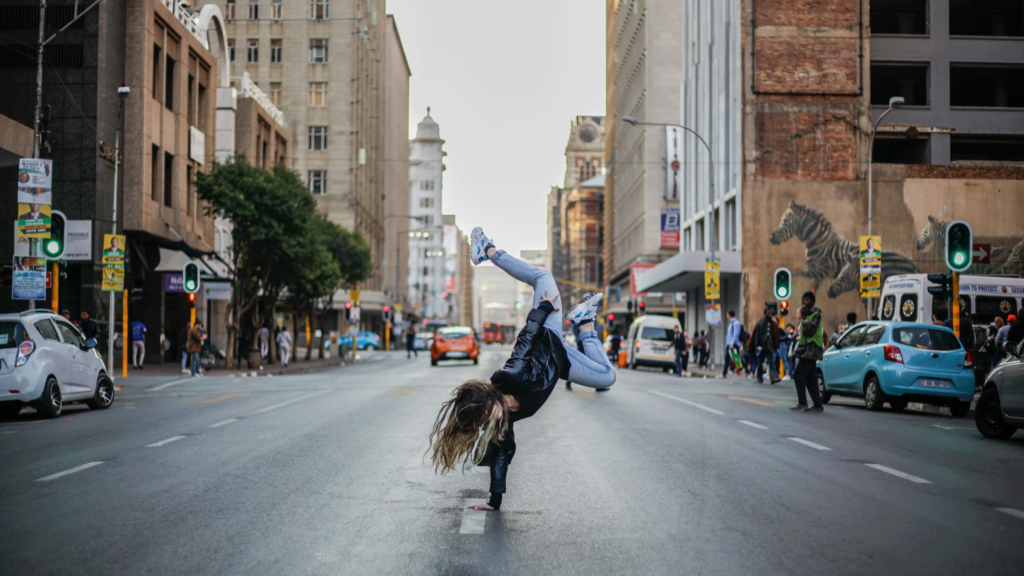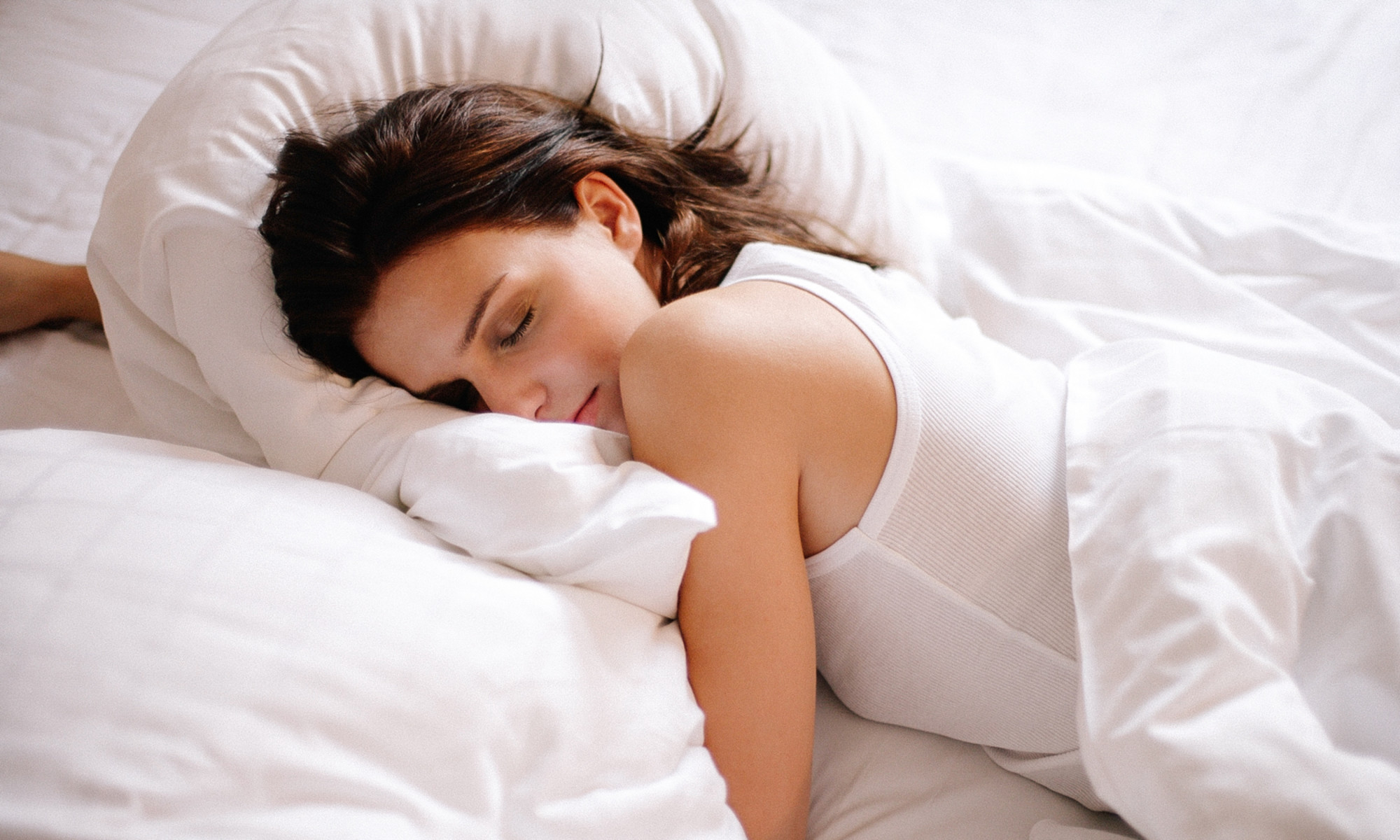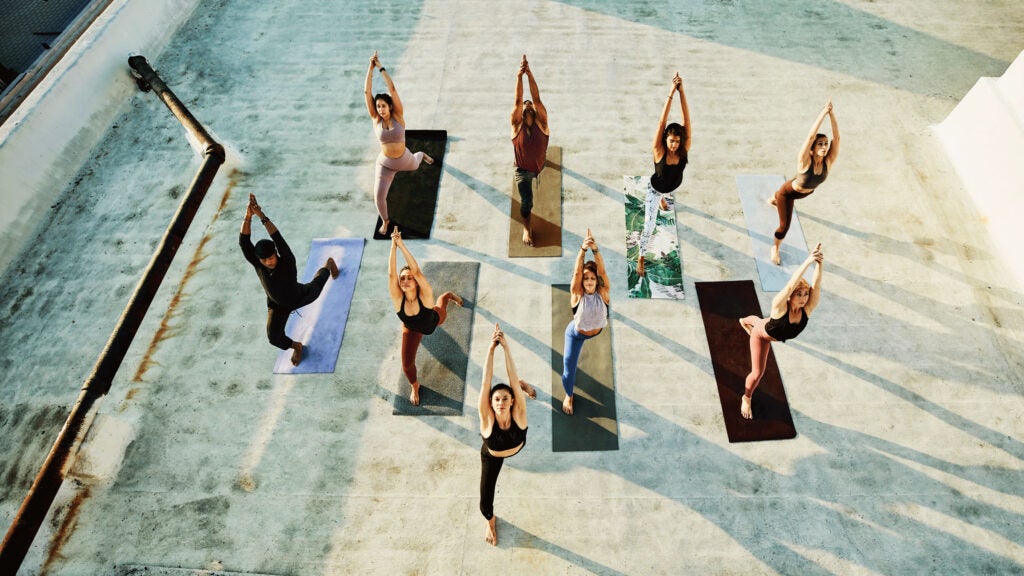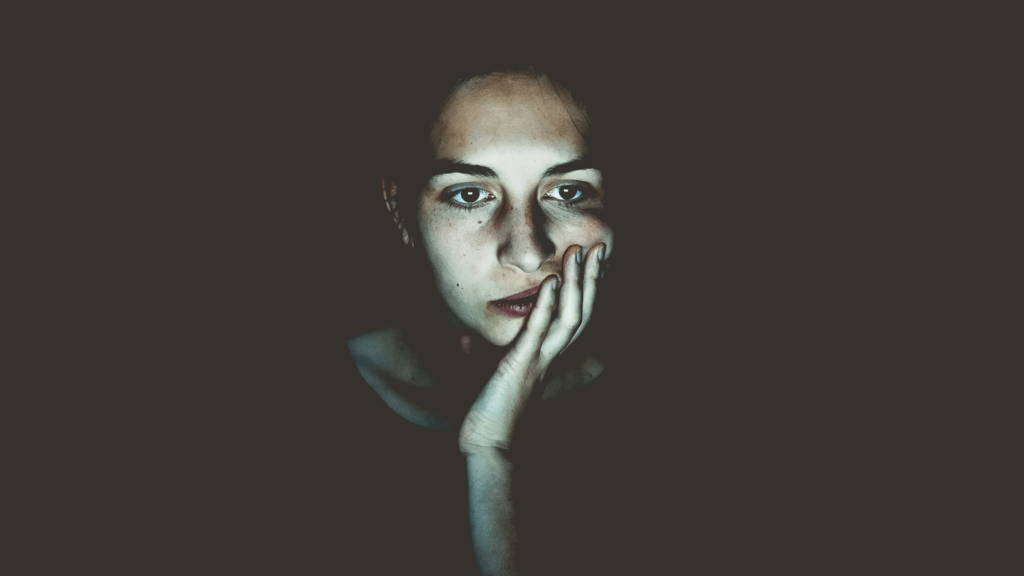“], “filter”: { “nextExceptions”: “img, blockquote, div”, “nextContainsExceptions”: “img, blockquote, a.btn, a.o-button”} }”>
Heading out the door? Read this article on the new Outside+ app available now on iOS devices for members!
>”,”name”:”in-content-cta”,”type”:”link”}}”>Download the app.
Auras are a source of general fascination. Trends like aura photography have long sought to capture these colors, helping subjects better understand the energy they emanate. Now, Gens Z and A are using self-assigned “aura points” to maximize self-care and present the best possible vibe to the world.
“All human beings on the planet have auras,” energy worker Donna Eden once told Yoga Journal. “They are unique to each of us.” Like the chakras, auras are an aspect of the energetic body. Auras are thought to radiate from all living beings and are often associated with a halo of color that can be used to represent emotive experience.
“So somebody’s aura is their essence, right? It’s the energy that they put off,” explains teacher and TikToker Philip Lindsay in a video explainer of aura points. “But with the way that the kids are using it, they’re specifically talking about how ‘cool’ somebody is—what is the ‘cool’ energy that they put off, and what are the things that you could do or not do that’s either going to add or take away from your aura?”
At a glance, aura points are simply a new take on the more classic (ahem, ‘00s era) “cool points.” But a deeper dive into the associated content finds that many of the winningest actions center around wellness. Activities such as being authentic, spending time in nature, completing your skin care routine, wearing sunscreen, and skipping the party in favor of a restful night will get you positive aura points.
Reaching your highest potential aura is known as “auramaxxing,” or creating within yourself the sort of cool, confident calm that’s immediately evident. Creator Keora suggests enhancing your aura via simple steps like pursuing a hobby you’re passionate about and speaking kindly to yourself, while Raquel Olsson suggests being genuinely kind and warm to others. At its heart, auramaxxing involves caring for and centering yourself so you can show up the way you want to in the world.
@ratisupremacyauramaxxing 🧠 day 1: not enough of you have hobbies 🎀 (leave a comment to stay on auramaxx tok)♬ original sound – 𝐫𝐚𝐭𝐢$𝐮𝐩𝐫𝐞𝐦𝐚𝐜𝐲
“The easiest way to increase your aura without being a famous celebrity or actor or athlete is through presence,” says TikToker Drew Ford. “The people with that confidence and energy, it’s because they’re so deep in the present moment that they don’t care what you think about them or how they sound or how they look. They are just being and experiencing.” Ford advises practicing meditation as a means of returning to your breath and the present moment.
There is, of course, a dark side to the online trend. Like looksmaxxing (aka striving to look your best), auramaxxing has the potential to veer into toxic territory, particularly if said “maxxing” is being pursued to boost perceived masculinity or improve romantic prospects. Additionally, the concept has been partly hijacked by creators lamenting the loss of aura points by sharing self-deprecating stories of embarrassment or heartbreak. That said, much of the content related to the loss of imaginary points features a self-awareness that none of this is that serious. “How many aura points did I lose for letting other peoples’ moods determine mine?” asks one video.
While aura points focus on external reception, some creators contend that it really is about doing the inner work. TikToker and aura upgrader Frankie Meki told The Cut earlier this summer that it’s “just taking care of yourself and also knowing who you are as a person first before you try to show other people.”
You can’t fake a strong and positive aura—your true colors will always shine through. A 1945 essay by clairvoyant Edgar Cayce asserts that colors and energy visible to others are a manifestation of an internal landscape. “I see them change in my friends and loved ones as time goes by—sickness, dejection, love, fulfillment—these are all reflected in the aura,” wrote Cayce, who considered the aura to be “the weathervane of the soul.”
Prioritizing self-care and emotional well-being can be surprisingly difficult, so why not gamify it? Plus 100 aura points if you offer yourself a mindful moment (or several) today.







